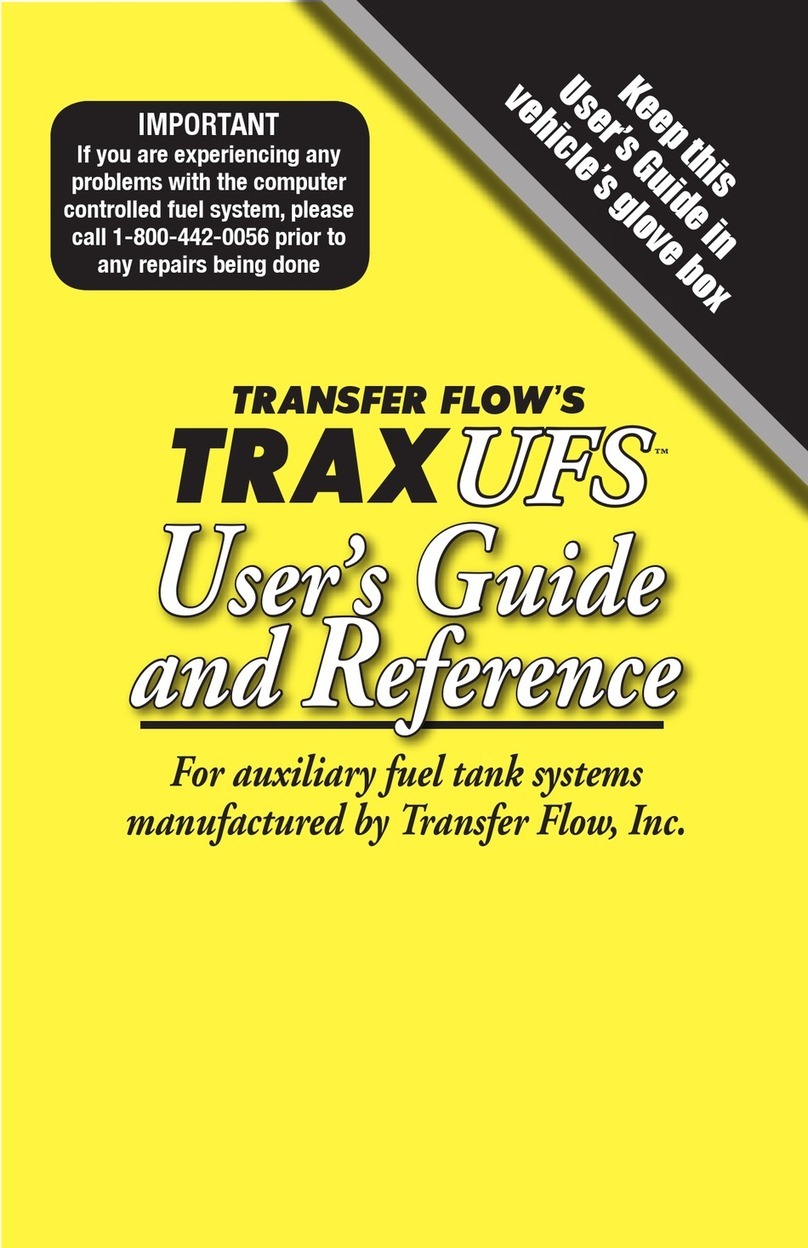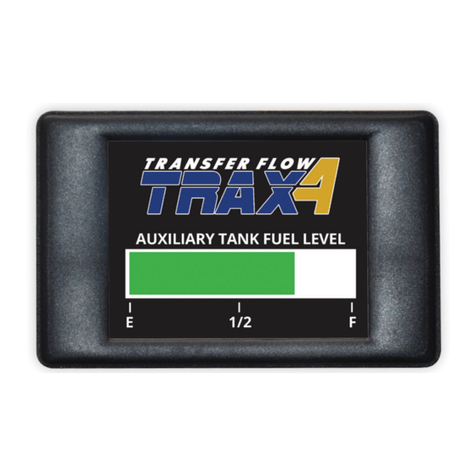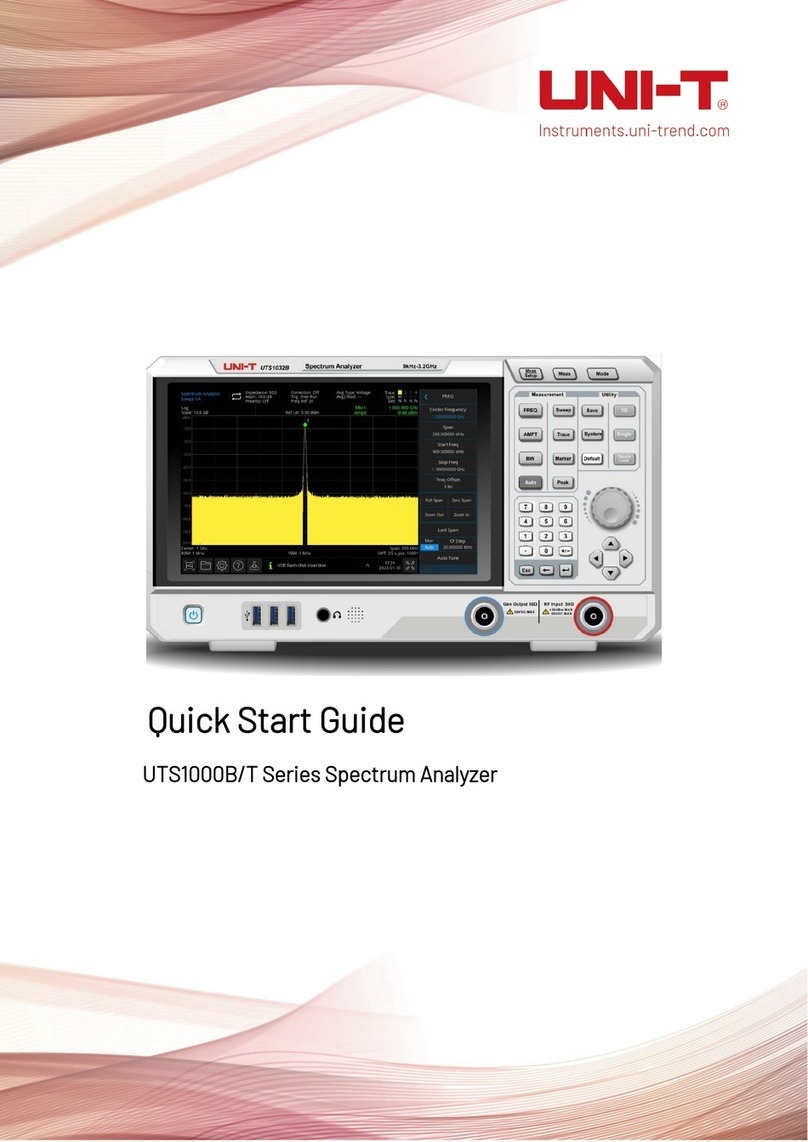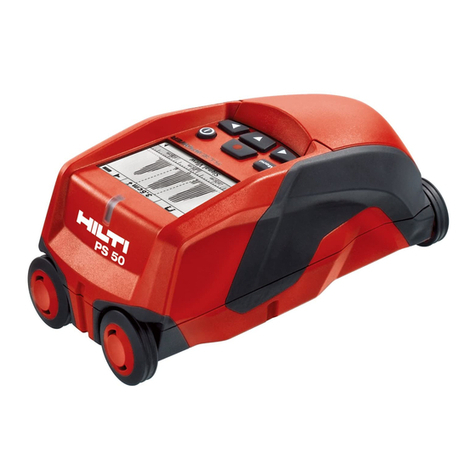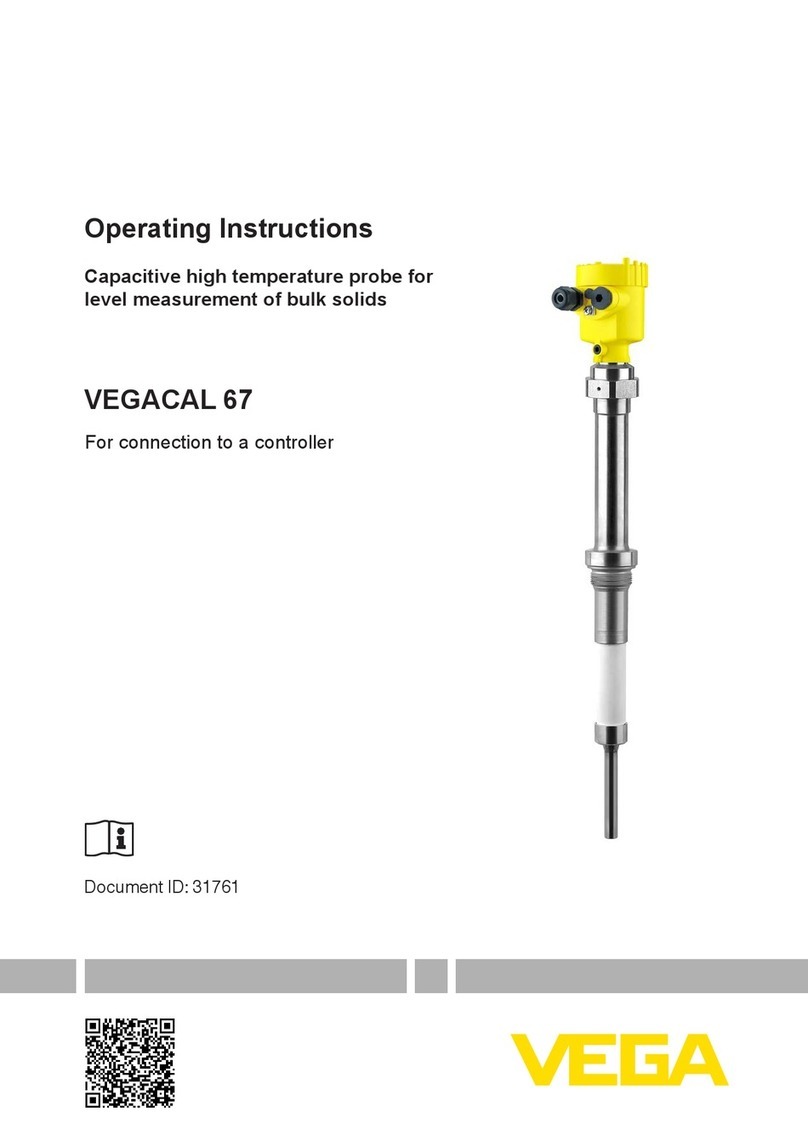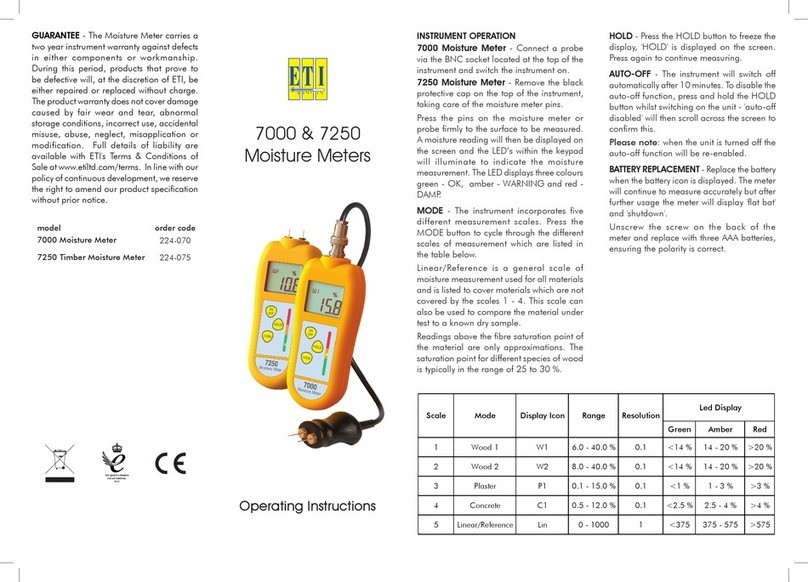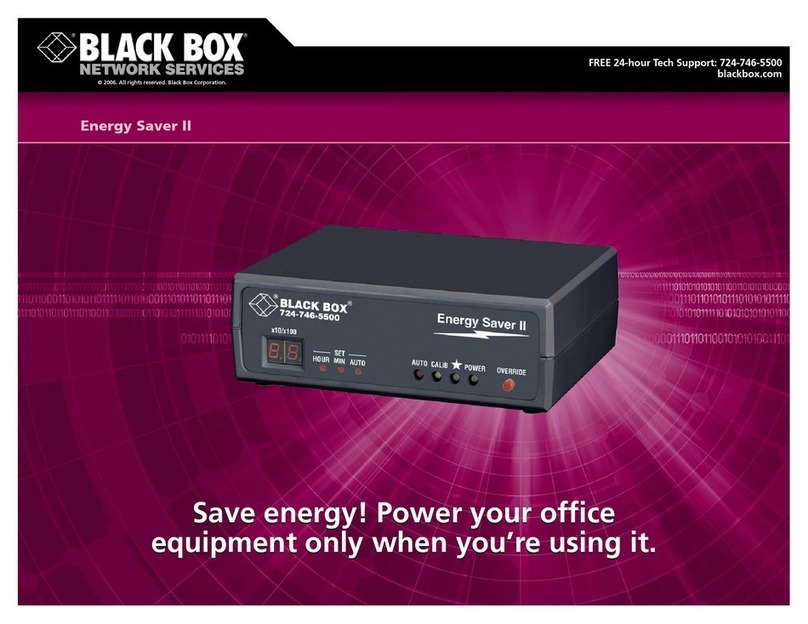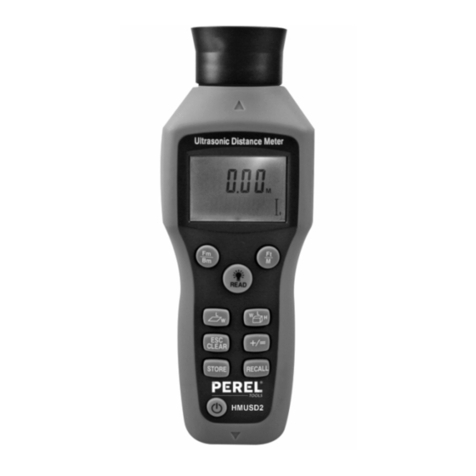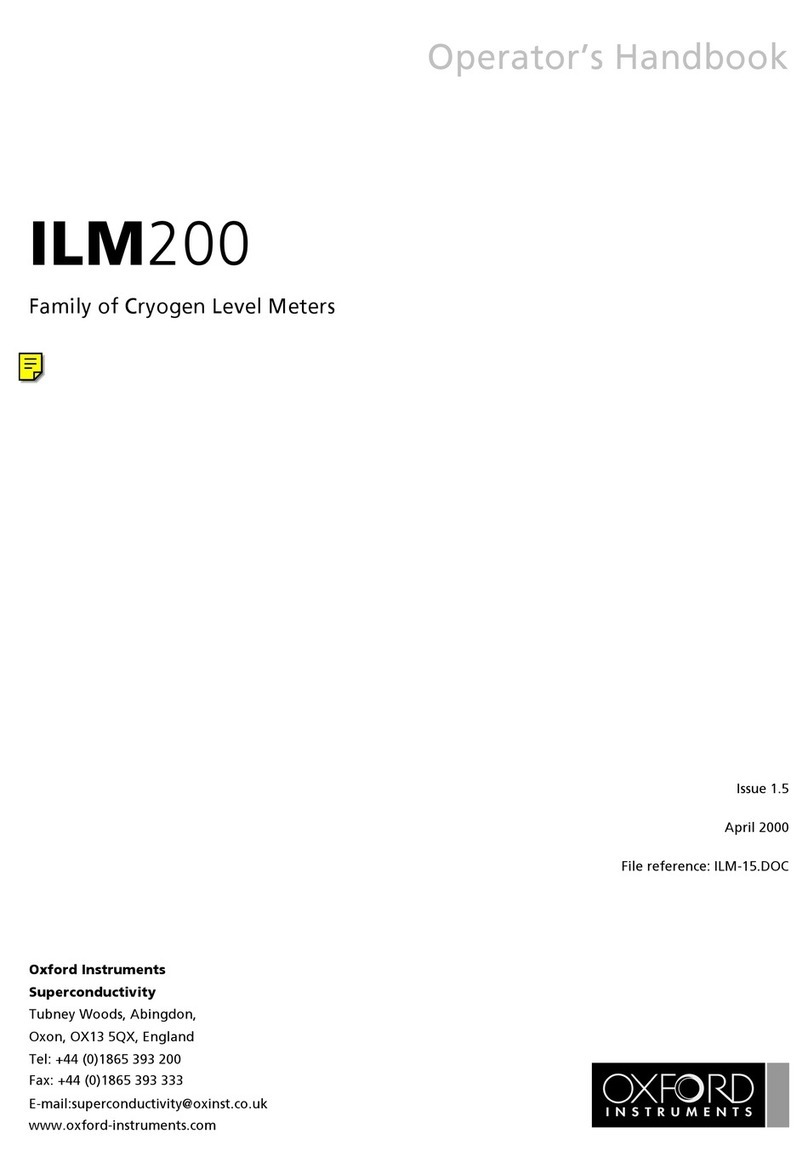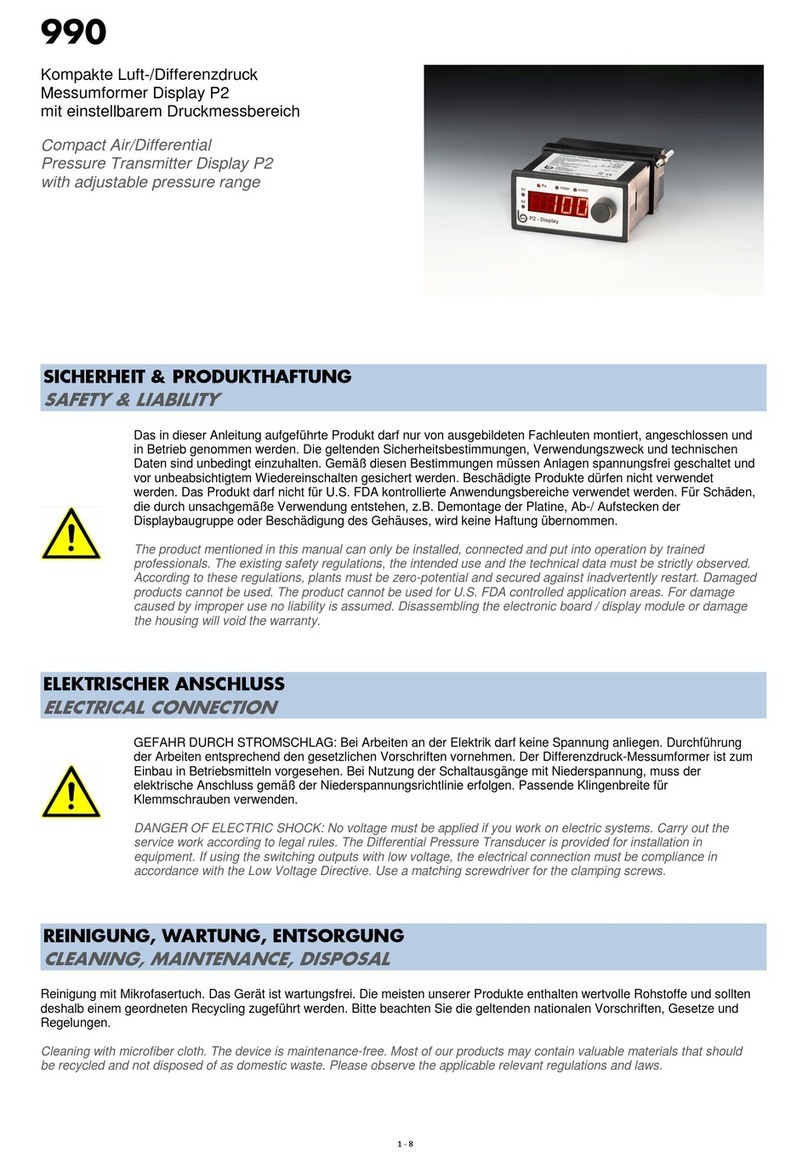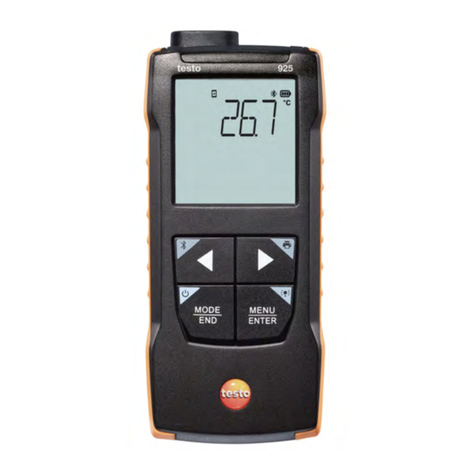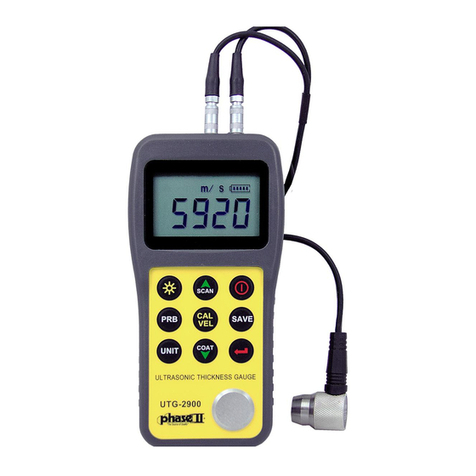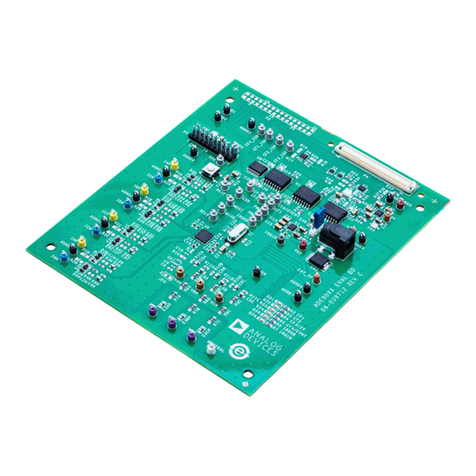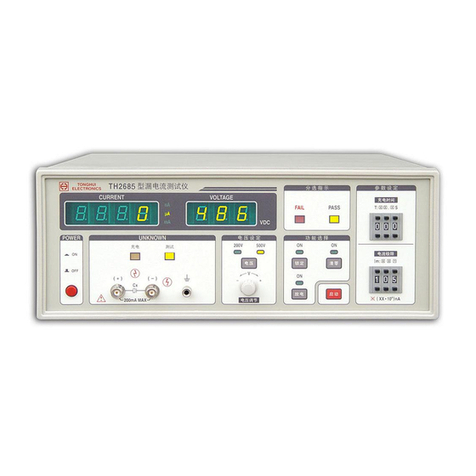Transfer Flow TRAX3 User manual

Fuel Monitoring System For Your
Transfer Flow, Inc. Auxiliary Fuel Tank

Important Safety Information.........................................................................1
TRAX 3™Fuel Management System ..............................................................2
Fuel System Overview ...............................................................................2
Liquid Crystal Display (LCD) Overview ................................................2
Fuel Transfer Operation ............................................................................3
Computer Module Overview....................................................................4
Frequently Asked Questions ...........................................................................5
Maintenance and Troubleshooting ................................................................7
TRAX 3™Troubleshooting Table....................................................................8
Transfer Flow Replacement Parts...................................................................9
Table of Contents

1
Important Safety Information
Manual operation of the TRAX 3™ Liquid Crystal Display (LCD)
while driving could lead to unsafe driving conditions which can
cause an accident or a serious injury. Observing the screen should
only be done when it is safe to do so. Mounting the TRAX 3™ LCD and routing
the wire harness should be done where the driver’s view or operation of the
vehicle cannot be obstructed.
Filling e Fuel Tank:
•Never ll a fuel tank near a ame or ignition source which might ignite
the fuel vapors.
•Never ll the OEM or Transfer Flow auxiliary fuel tank with the engine or
ignition turned on.
•Avoid breathing fuel vapors or allowing fuel to contact the skin.
•Always ll fuel tanks while the vehicle is on a at level surface.
•Always open the fuel cap slowly to allow any pressure to escape.
•Never overll or “top-o ” any fuel tank. Overlling the fuel tank may
cause damage to the emissions system, cause dangerous spills and possibly
result in a re. e Transfer Flow TRAX 3™ system may also shut down in
the event of a “top-o ” condition.
•Never siphon fuel using the mouth, as this practice is dangerous and
potentially fatal. Use an appropriate pump.
•Never allow fuel to contaminate soil or waterways. Properly contain and
dispose of spilled fuels and cleanup materials.
Other Important Safety Information:
•Use only Transfer Flow, Inc. replacement parts. Many parts of our fuel
system appear common, but are actually special parts which are critical for
safe operation. See page 9 for more information.
•Disconnect the battery before working on Transfer Flow fuel systems.
•Never modify or over-pressurize a fuel tank.
•Do not grind, torch, weld, cut, or modify a fuel tank.
•Do not sleep, or let pets stay in a pickup with a camper shell that contains
an in-bed fuel tank system.
•NEVER connect a TRAX 3™ system to a previously modied fuel system.
•Do not smoke near a fuel tank.
•TRAX 3™ is designed to work only with Transfer Flow auxiliary fuel
tanks. Under no circumstance should TRAX 3™ be used in conjunction
with a modied fuel tank system, or other aermarket fuel tank systems.

2
TRAX 3™ is a computer controlled, self-diagnosing auxiliary fuel system that
automatically transfers fuel from the auxiliary tank to the main tank. e
TRAX 3™ system also monitors the vehicle’s fuel system status and the fuel
levels of each tank. TRAX 3™ transfers fuel as needed with an electric fuel
pump at a rate of one gallon every three minutes.
Fuel System Overview:
Based on the individual vehicle fuel system calibration and size of the Transfer
Flow auxiliary fuel tank, the TRAX 3™ system will transfer fuel at predetermined
fuel levels while the vehicle is in use. e fuel level in the main tank and
auxiliary tank will decrease at similar rates and the LCD will display the fuel
level percentages in each tank and the operational status of the fuel system.
When the system is not transferring fuel and all is normal, the message, “SYS OK”
will be displayed. When the fuel system is transferring fuel, the message, “PUMP
ON” will be displayed on the right side of the LCD. If there is an issue with the
fuel system, the LCD will display a Diagnostic Trouble Code (DTC). e TRAX
3™ computer module does all the work independent of the LCD. If the LCD is
disconnected, the computer module will still monitor and transfer fuel normally.
TRAX 3™Fuel Management System
Liquid Crystal Display (LCD) Overview:
= Each black bar on the LCD display is equivalent to 10%. As
fuel is consumed, the number of bars illuminated will decrease.

3
Aer both tanks are at 85%, the system will maintain
the same fuel level percentage until the AUX tank
reaches 25%. For example, when the MAIN tank is at
55%, the AUX tank will also be at 55%.
When both tanks reach 25%, fuel in the AUX tank will
be transfered to the MAIN tank, keeping the MAIN
tank at 25% until the AUX tank reaches 0%.
When both fuel tanks are full, the LCD will display
100% for both tanks.
When the MAIN is at 85%, the pump will go through
several transfer cycles until both tanks are at 85%.
Fuel Transfer Operation:
e AUX tank is now empty. e only fuel le is in the
MAIN tank.

4
Computer Module Overview:

5
How accurate is my main tank fuel gauge after installing TRAX 3™?
e accuracy of the main fuel gauge will not change. e TRAX 3™ computer
module is wired into the truck’s main wire harness, in between the main fuel
tank and the fuel gauge. e TRAX 3™ module monitors the level of fuel in the
main tank, and then sends that same information to the fuel gauge on the dash.
e stock in-dash fuel gauge displays the level of fuel in the main tank as it did
before installing the TRAX 3™ auxiliary fuel system.
How do I adjust the contrast and brightness of my screen?
e two buttons on the front of the TRAX 3™ LCD module can be used to
adjust the contrast and backlight of the LCD display.
Steps to adjust the contrast or backlight setting:
1. With the ignition in the ON position the TRAX 3™ module should be
operational. Press the RIGHT button on the front of the display until you
reach “LCD Adjust” screen. Select with the LEFT button.
2. Press the LEFT or RIGHT buttons to adjust the contrast or backlight
respectively.
3. To exit the “LCD Adjust” mode and save your settings, do not press any
more buttons; e display will automatically default back to the fuel level
screen in approximately 3 - 4 seconds.
I typically keep trucks for one or two years and then get a new
one. Do I need a new Transfer Flow auxiliary fuel system?
It depends on the truck you are buying. You may need to purchase a re-
installation kit.
Why do I see my fuel level percentage uctuate ± 10% in the rst
two minutes of operation?
e module is rapidly calculating the fuel level in each tank to determine the
accurate value.
Frequently Asked Questions

6
The fuel levels displayed on the LCD change when cornering hard
or during other rapid motions. Is this normal?
Yes, your Transfer Flow fuel tank system has been designed to keep fuel
sloshing to a minimum. However, it is not possible to completely eliminate all
fuel sloshing. Many times, you will nd that fuel sloshing will be greater in the
main tank compared to the Transfer Flow tank. is is because the Transfer
Flow tank is fully baed while most main tanks are not. In either case, you
should not see a fuel level change of more than ± 10%, except under periods
of high cornering, braking, or acceleration loads. If your main tank is close to
empty you may see the low fuel light turn ON and OFF.
If the TRAX 3™ system develops a problem, what do I do?
If a problem develops with the TRAX 3™ system, you can use the
troubleshooting table on page 8, or you can deactivate the system by
disconnecting the power to the computer module, located on the top or side
of the auxiliary tank. Reference the “TRAX 3™ Computer Module Overview”
diagram on page 4; disconnect the three pin connector with the red and
black wire that goes to the TFI wire harness. e LCD will display, “TRAX 3™
Connecting.....” when the power is disconnected and the ignition is cycled. e
vehicle will now operate from the main tank only and the main tank gauge will
read the fuel level in the main tank just as though the Transfer Flow system was
never installed.
Why is the TRAX 3™ LCD displaying “CHK FLTR” when my system
is brand new or the lter is clean?
is may be due to an individual’s driving habits or driving conditions because
of fuel sloshing in the main or auxiliary tank. e “Check Filter” condition will
reset aer 20 minutes or by cycling the ignition (turning it o then on).

7
Filter Maintenance
To replace the auxiliary fuel tank lter, remove the cover box to access the
in-line lter and fuel hoses. Be certain that the lter is in the right direction.
Replace the lter with one listed in Filter Replacement Options.
Replacement aer initial installation:
e fuel lter should be replaced within 3 - 6 months. Transfer Flow includes
an extra lter with your initial purchase.
Routine lter replacement:
Transfer Flow recommends the lter be replaced every 12 months on vehicles
that see normal use. If the vehicle is operated in dusty conditions or driven
more than 20,000 miles per year, the lter should be changed every 6 months.
Vehicles traveling outside the United States and Canada may be exposed to
lling stations containing elevated levels of contaminants. It may be wise to
carry spare lters when traveling outside of the country.
Filter Replacement Options:
FRAM G3, WIX 3303, NAPA 23003, TFI 070-FL-32861
NAPA 3270 for cold weather and biodiesel up to B-20
“Critical Failure/Disconnect Power”
If the LCD displays, “CRITICAL FAILURE/DISCONNECT POWER” the user
should deactivate the system by disconnecting the power to the computer
module, located on the top or side of the auxiliary tank. Reference the “TRAX
3™ Computer Module Overview” diagram on page 4; disconnect the three pin
connector with the red and black wire that goes to the TFI wire harness. e
LCD will display, “TRAX 3™ Connecting.....” when the power is disconnected
and the ignition is cycled. e vehicle will now operate from the main tank
only and the main tank gauge will read the fuel level in the main tank just
as though the Transfer Flow system was never installed.
Maintenance andTroubleshooting

8
TRAX 3™Troubleshooting Table
TRAX 3
Display Symptom DTC Denition/Possible Cause
Possible
Remedy/
Repair
OEM fuel
gauge
uctuates
Aux pump on, outside of transfer range
Disconnect main
power at module
MSL (MAIN
& AUX fuel
level at 0%)
OEM fuel
gauge at
empty
Main sender low/sending unit bad or a
wire shorted to ground
Call original
installer
MSH (MAIN
& AUX fuel
level at 0%)
OEM fuel
gauge at
empty
Main sender high/malfunctioning sender Call original
installer
MSO (MAIN
& AUX fuel
level at 0%)
OEM fuel
gauge at
empty
Main sender open/severed main
sender wire, defective sender, improper
electrical connection
Call original
installer
ASL & AUX
fuel level at 0%
Pump not
transferring
Aux sender low/sending unit bad or a
wire shored to ground
Call original
installer
ASH & AUX
fuel level at 0%
Pump not
transferring Aux sender high/malfunctioning sender Call original
installer
ASO & AUX
fuel level at 0%
Pump not
transferring
Aux sender open/severed auxiliary
sender wire, defective sender, improper
electrical connection
Call original
installer
CHK FLTR Pump not
staying on
Filter clogged/ow rate not adequate,
kinked line, broken electrical
connection, or excessive fuel sloshing
Replace lter/call
original installer
Blank Display not
turning on Display not getting power
Check for 12V @
TRAX 3™ LCD,
check fuse/call
original installer

9
Transfer Flow, Inc. fuel systems are designed to work only with specic
components which have been selected for their unique properties. Years of
design work have produced the nest auxiliary fuel system available that relies
on relatively few, but critical parts. e components used in Transfer Flow fuel
systems are not generic or “o-the-shelf”parts and cannot be replaced with
parts that appear to be similar.
For example, the in-line fuel pump used with our TRAX 3™ system appears to
be a normal fuel pump, but it is actually a high quality solenoid pump with a
critical forward and reverse check feature. Under no condition should any
other pump be substituted for the provided pump.
is auxiliary fuel system has been outtted with a replaceable fuel lter
that requires periodic service. e lter is available though automotive parts
retailers and is not covered by Transfer Flow’s warranty. e lter should be
inspected/replaced every 3 - 6 months depending on the conditions that the
vehicle is operated in and the quality of fuel purchased. Transfer Flow will not
honor warranty claims from diagnosis or replacement of obstructed lters.
Transfer Flow Replacement Parts
Table of contents
Other Transfer Flow Measuring Instrument manuals
